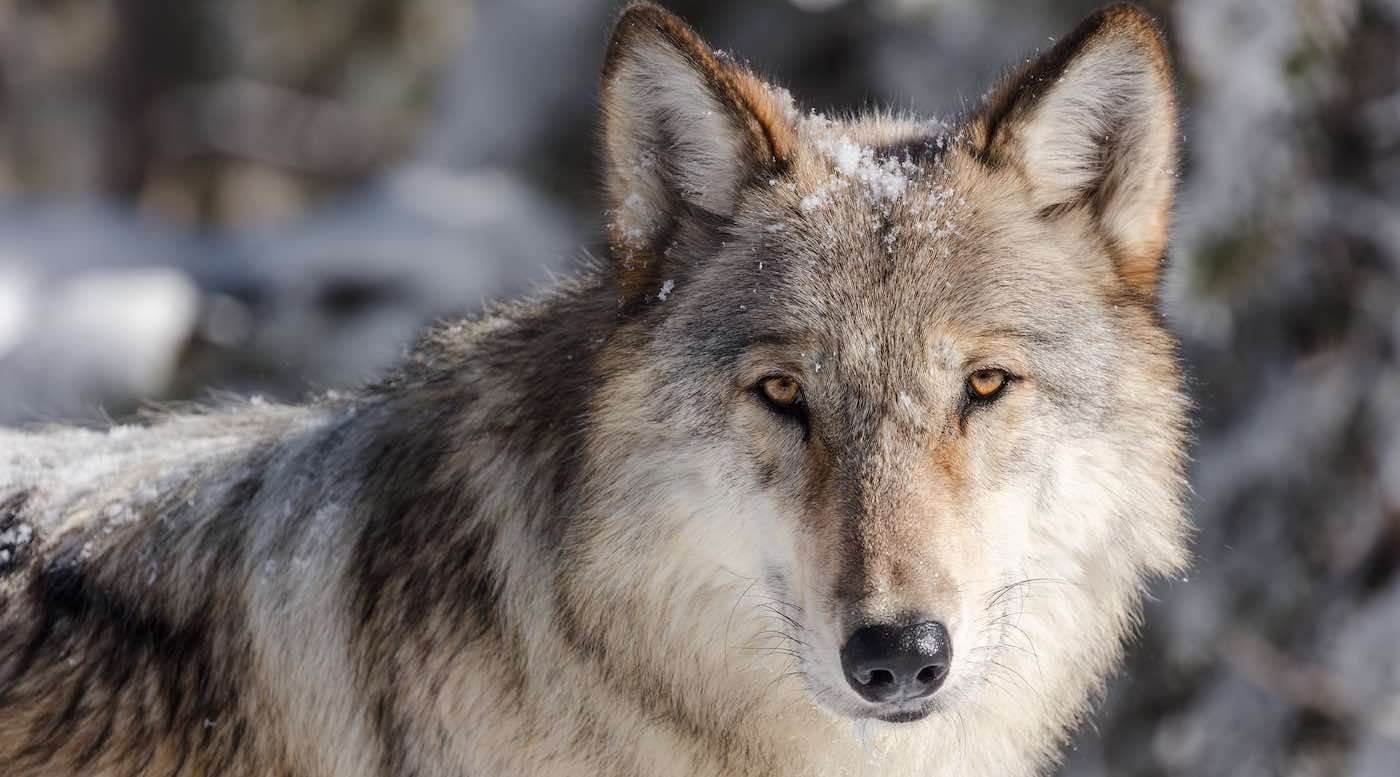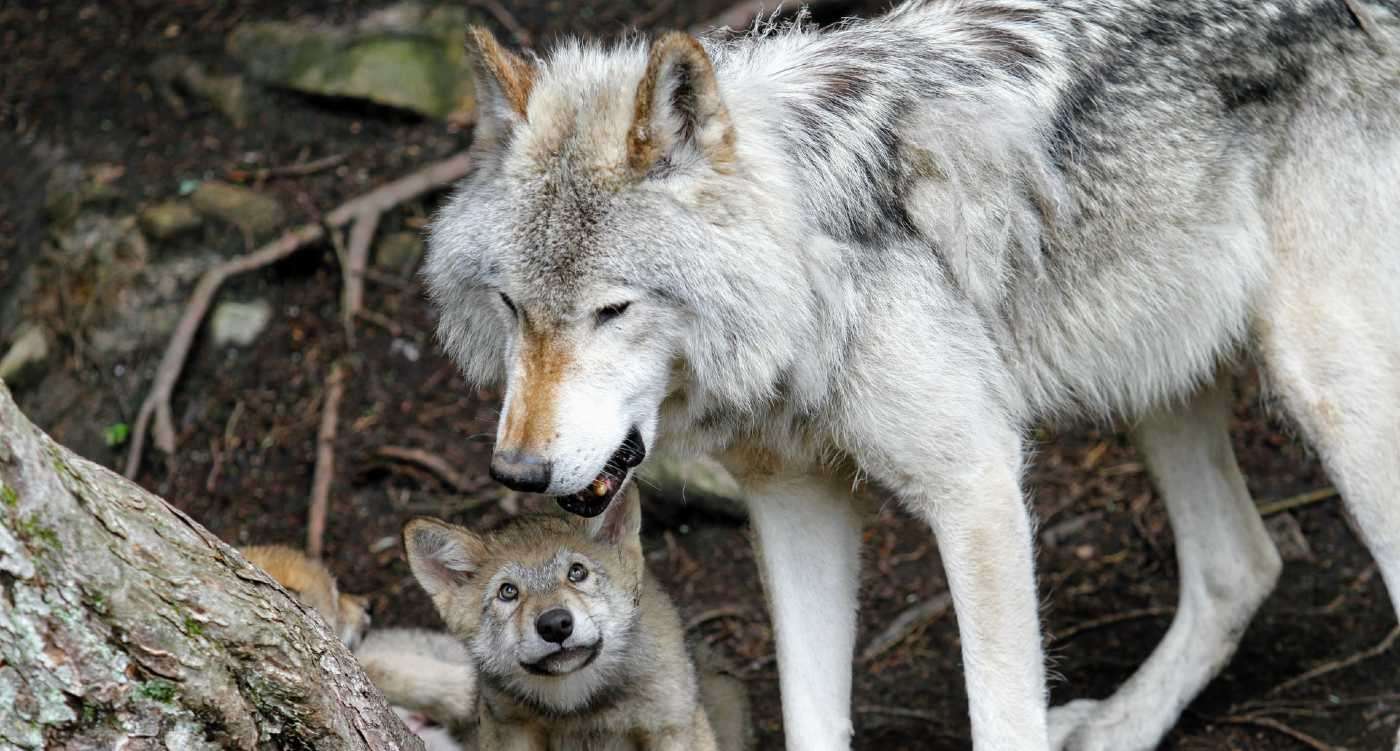Fresh off their recovery from the Endangered Species List, gray wolves are getting another bit of support to ensure their continued recovery, this time from the voters in Colorado.
On Tuesday Coloradans voted to reintroduce wolves into the Northwestern part of the state—and it was a historic proposition because never has a state delegated such a significant wildlife management decision to its citizens.
By a narrow margin of 20,000 votes, it was agreed that the Colorado Parks and Wildlife Department should establish a suitable population west of the Rockies' continental divide by the end of 2023
A big focus of the reintroduction authorities will be to implement the initiative while working alongside the ranchers and homeowners who voted against the resolution.
Cattle poaching by wolves is being looked at as a problem that could be solved with an insurance program—and wolf-conflict prevention programs are being suggested to help other food producers like farmers avoid unpleasant interactions.
Wolves that were reintroduced into the Greater Yellowstone Ecosystem (GYE) in Wyoming—after being hunted to near extinction—have occasionally roamed south into Colorado, which has led some scientists to suggest that a natural expansion down into Colorado will be good for the genetic diversity of the species.
Joel Berger, a wildlife ecologist at Colorado State University, suggested to Nat Geo that 25 years since wolves were reintroduced to the GYE, only one complete pack has ever crossed down into Colorado, and that at that rate it could take a century to see the populations fully recovered.
Quite contrary to most other animals, like efforts to save the black-footed ferret in Wyoming for example, public opinion on wolves is extremely fiery, with urban voters captured by the animal's charismatic symbolism as an icon of the wilderness, but who never had to live with them, opposing ranchers, hunters, and rural dwellers seeing them often as destructive pests.
Ecologists hope to dampen some of the mistrust of rural Coloradans by pointing out some of the ecological benefits of having wolves on the landscape. Overly-large herds of elk and mule deer can overgraze fields which leads to soil erosion and stream bank collapse, as well as poorer genetics and greater spread of diseases.
Apex predators like the wolf can mitigate ungulates' occasional destructive forces, and support other carnivores like wolverines, stoats, eagles, foxes, and more, by leaving kills behind. The plants benefit from this more balanced ecosystem, as well.
Finally, a presence in the flatlands on the western side of the southern Rocky Mountains will link the northern-dwelling wolves with gray wolves living alone on the border in Mexico, creating an unparalleled opportunity for genetic diversity.
SHARE The Howling Good News With Your Pack on Social Media…










Be the first to comment